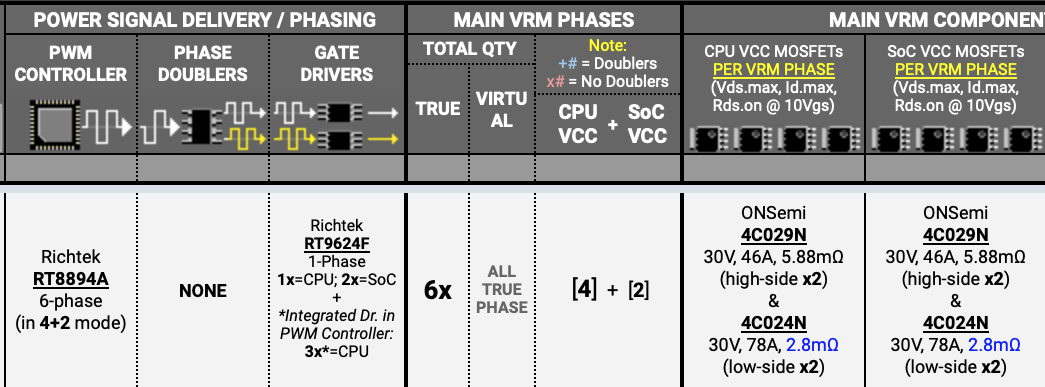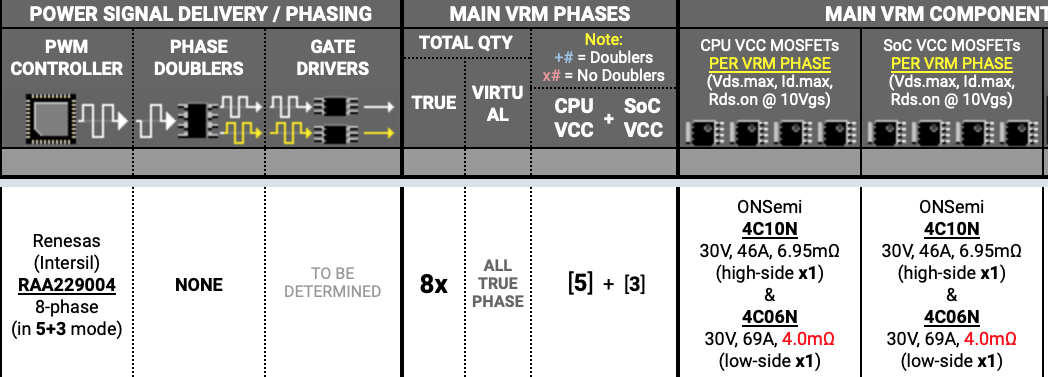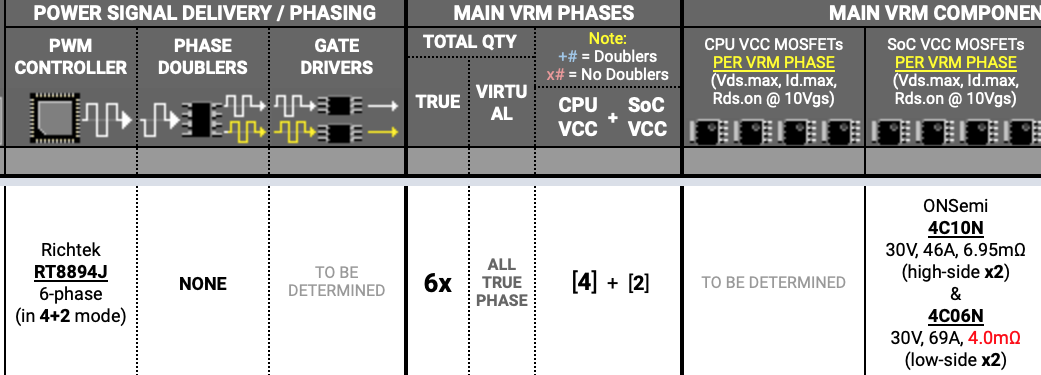I was going to get the Gigabyte B450M-S2H or B550M-S2H for a Ryzen 3700X. However, someone told me I should get something with 'better heatsinks on the VRM' or something. That seemed weird to me - why do they make MBs without VRM heatsinks then? I googled and found this:
"It depends on the design of the VRM. Most VRMs are designed so that the heat-tabs of the MOSFETs are soldered to the motherboard. The motherboard, itself, forms the heatsink for the VRM. The top surface of the MOSFETs is insulated, so very little heat flows up. However, a lot of a manufacturers still add heatsinks for decoration purposes. Some modern VRMs are now designed so that the heat-tabs of the MOSFETS are on the top surface - these are mainly used in GPUs and laptops. On these, the heatsink is essential, as these VRMs do not use the motherboard as a heatsink."
Is that true? And if so - will the GB B450M/B550M S2H be enough for a non-overclocked 3700X (WraithPrism-ed) without throttling or putting the CPU in danger? Those motherboards have all the features I need, but I won't buy a MB that puts the CPU at risk.
Thanks <3
"It depends on the design of the VRM. Most VRMs are designed so that the heat-tabs of the MOSFETs are soldered to the motherboard. The motherboard, itself, forms the heatsink for the VRM. The top surface of the MOSFETs is insulated, so very little heat flows up. However, a lot of a manufacturers still add heatsinks for decoration purposes. Some modern VRMs are now designed so that the heat-tabs of the MOSFETS are on the top surface - these are mainly used in GPUs and laptops. On these, the heatsink is essential, as these VRMs do not use the motherboard as a heatsink."
Is that true? And if so - will the GB B450M/B550M S2H be enough for a non-overclocked 3700X (WraithPrism-ed) without throttling or putting the CPU in danger? Those motherboards have all the features I need, but I won't buy a MB that puts the CPU at risk.
Thanks <3

 Thank you so much.
Thank you so much.



